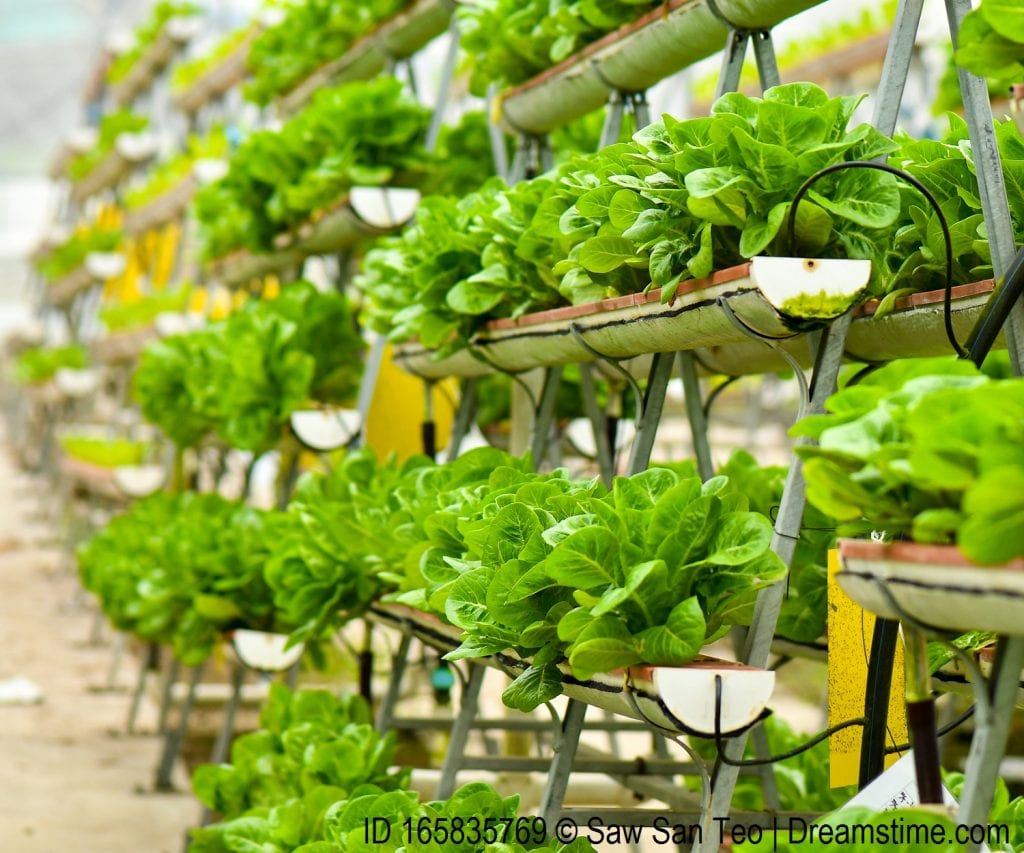
Urban Agriculture: Revolutionizing Cities with Vertical Gardens
Introduction
Urban agriculture aims to bring food production into urban areas, addressing issues of food security, sustainability, and community engagement. Vertical gardens have emerged as a crucial component of urban agriculture, offering a unique solution to limited space availability. This article explores the historical background, key concepts, benefits, techniques, case studies, challenges, and future outlook of vertical gardens in urban agriculture.
Historical Background
Urban agriculture has been practiced for centuries, with civilizations like the Aztecs and the Incas utilizing terraces and rooftop gardens. More recent movements, such as victory gardens during World War II and the community garden movement in the 1970s, highlighted the importance of local food production and community empowerment. Pioneers like Patrick Blanc and the Bosco Verticale in Milan have laid the foundation for integrating vertical gardens into urban environments.
Key Concepts and Definitions
To understand vertical gardens, key terms need to be defined. Vertical gardens are living walls that use techniques like hydroponics and aeroponics to cultivate plants vertically. Hydroponics is a soilless cultivation method that involves growing plants in nutrient-rich water, while aeroponics grows plants in an air or mist environment. Urban farming refers to cultivating crops and raising animals within urban areas, integrated into urban planning for sustainable cities.

Benefits of Vertical Gardens in Urban Agriculture
Vertical gardens play a crucial role in mitigating the environmental impact of urbanization. They act as natural air purifiers, reducing the carbon footprint and improving air quality. These gardens also increase food production in limited spaces, contributing to local food security and entrepreneurial ventures. Additionally, they foster community engagement and empowerment while bringing fresh produce closer to urban populations.
Vertical Garden Techniques and Technologies
Hydroponics and aeroponics are widely used techniques in vertical gardening, allowing precise control over nutrient delivery and promoting efficient water usage. Innovative technologies like automated irrigation systems and nutrient monitoring systems enhance the efficiency and productivity of vertical gardens. Design, logistics, and maintenance are crucial considerations for integrating vertical gardens into urban spaces.
Case Studies or Examples
Real-world examples showcase the impact and benefits of vertical garden projects. The Bosco Verticale in Milan and the Gardens by the Bay in Singapore are iconic examples that reduce air pollution and conserve energy while supporting biodiversity. These case studies demonstrate the environmental, social, and economic advantages of vertical gardens in urban agriculture.

Current Trends or Developments
Community involvement and the utilization of underutilized spaces are current trends in urban agriculture and vertical gardening. Community gardens and rooftop farms are gaining popularity, acting as focal points for social interactions, education, and reducing the carbon footprint associated with transportation. Ongoing research aims to enhance vertical garden technologies and techniques, making them more accessible and efficient.
Challenges or Controversies
Vertical gardens face challenges such as limited space availability and high initial costs. Critics argue that reliance on energy-intensive technologies and potential water and nutrient supply issues may hinder their sustainability. These challenges and different viewpoints should be considered in the broader discussion of urban agriculture.

Future Outlook
Vertical gardens hold great potential in addressing food security and climate change in urban areas. As the global population urbanizes, finding sustainable ways to produce food within cities becomes crucial. Advances in technology and research will enhance the efficiency and sustainability of vertical gardens, making them an integral part of future urban agriculture.
Conclusion
Vertical gardens revolutionize urban agriculture, offering numerous environmental, social, and economic benefits. By improving air quality, increasing food production, and fostering community engagement, these gardens transform cities into vibrant and sustainable environments. Continued research, innovation, and community involvement will pave the way for a future where vertical gardens are integral to urban planning and agriculture.




